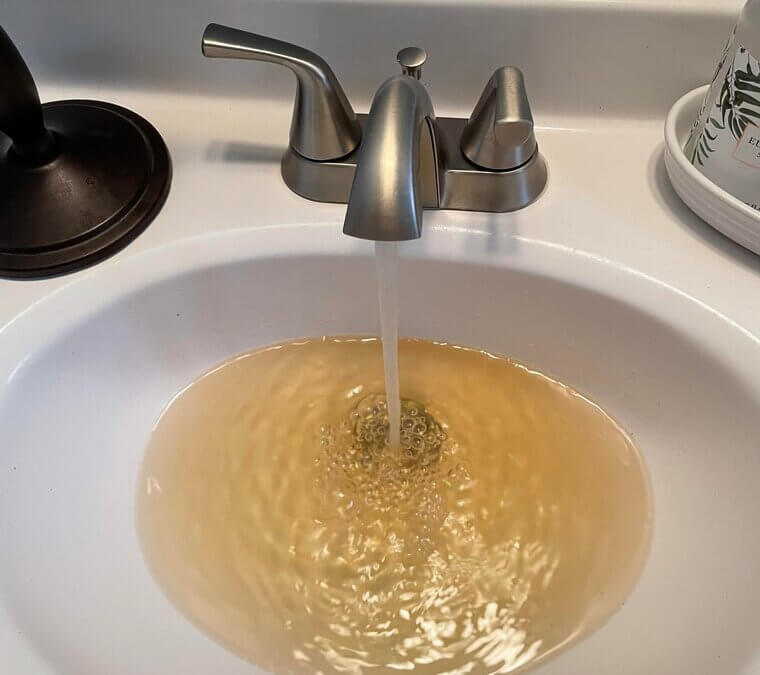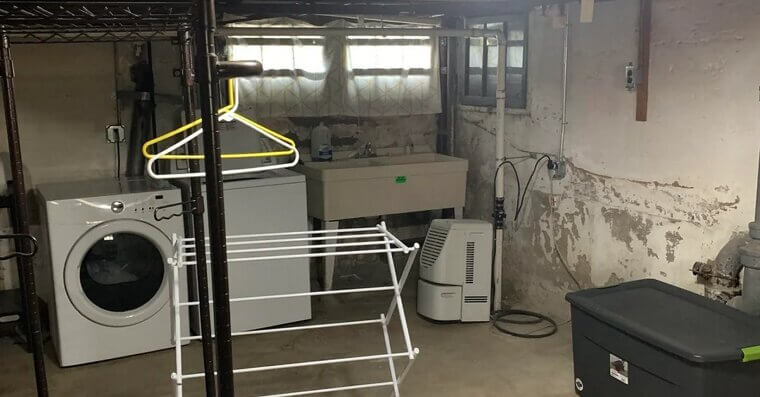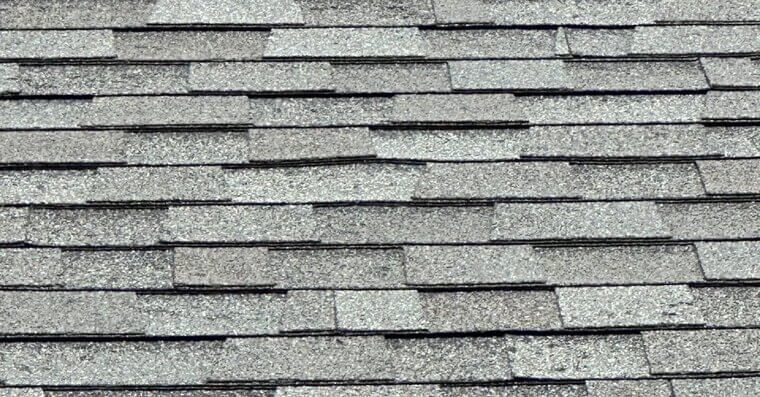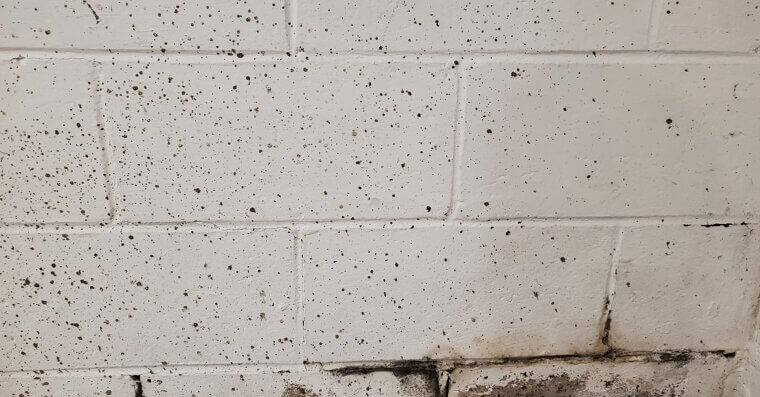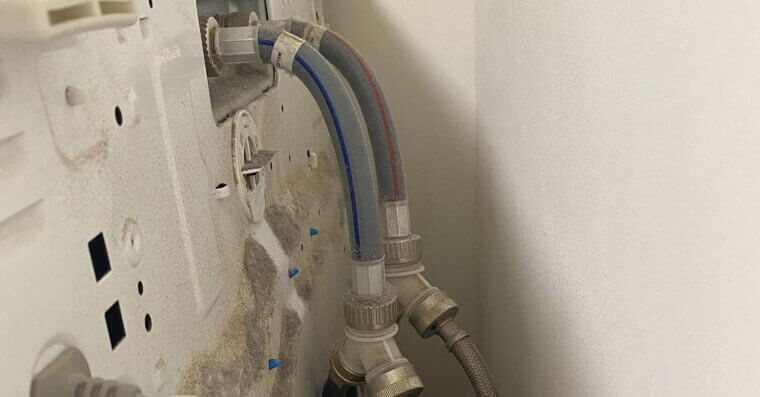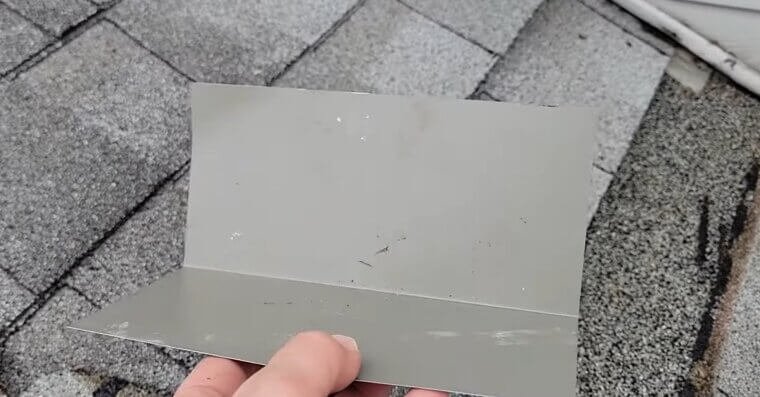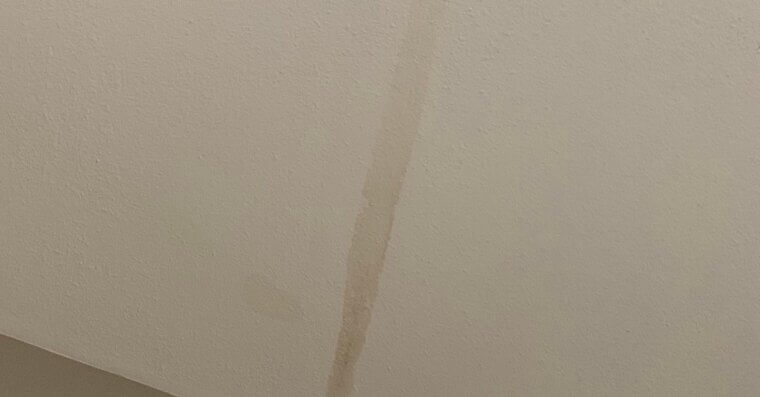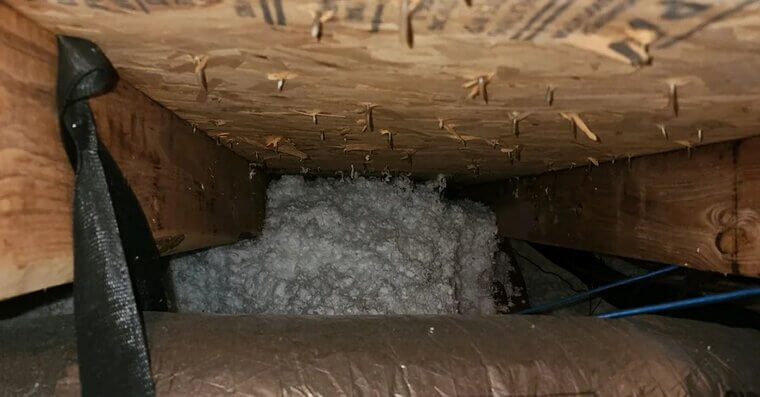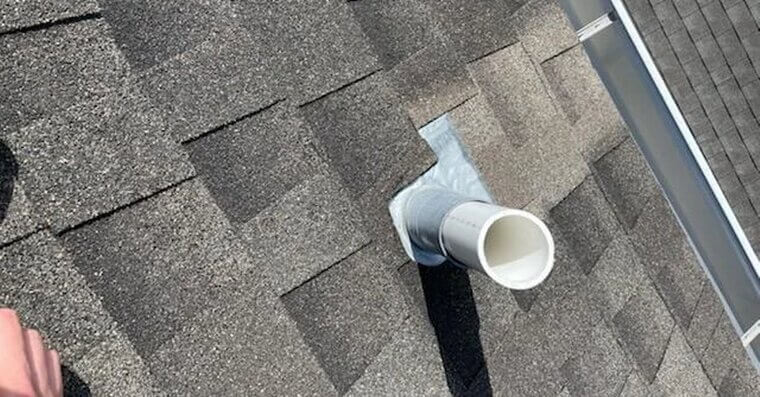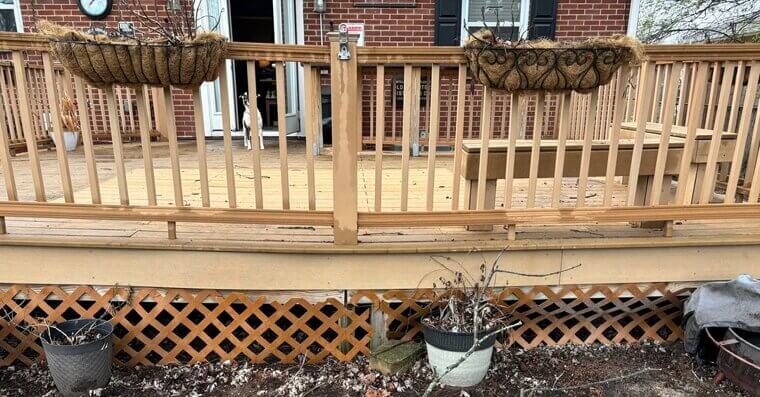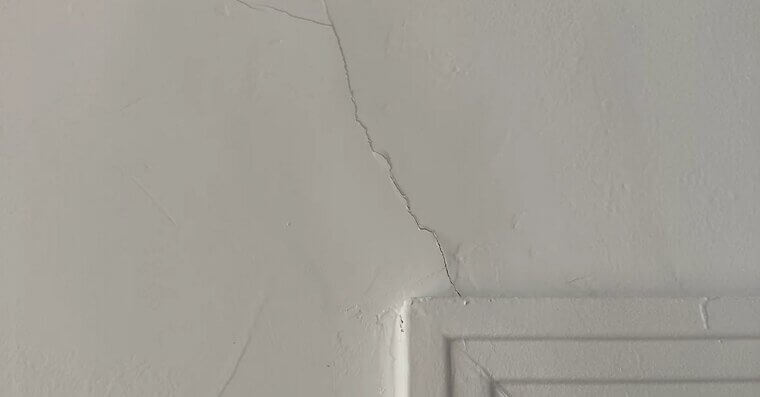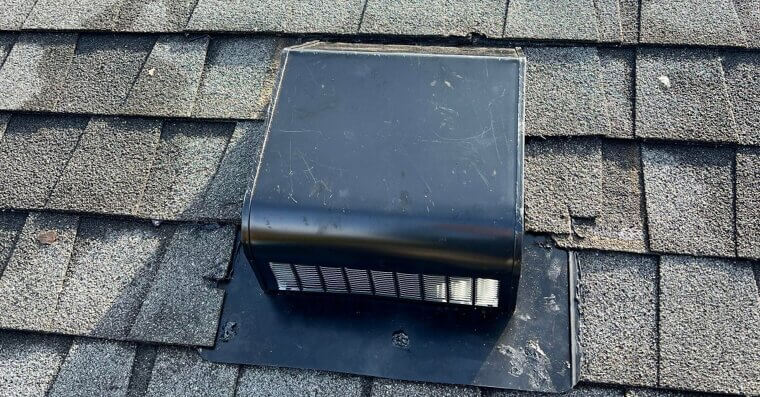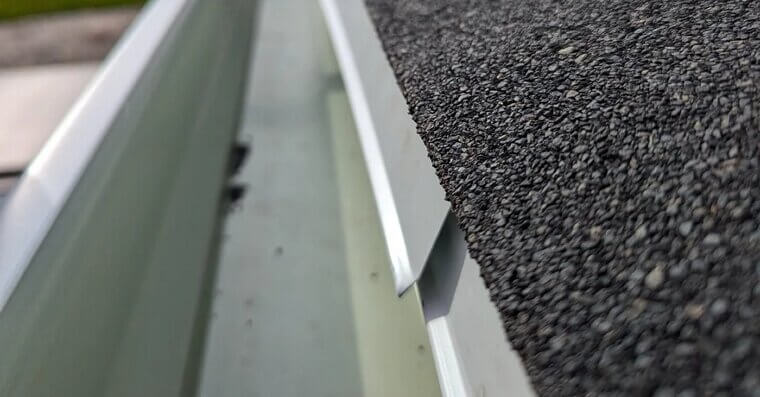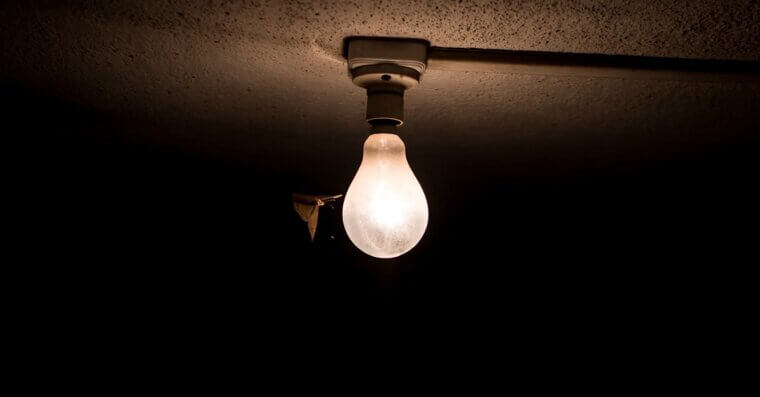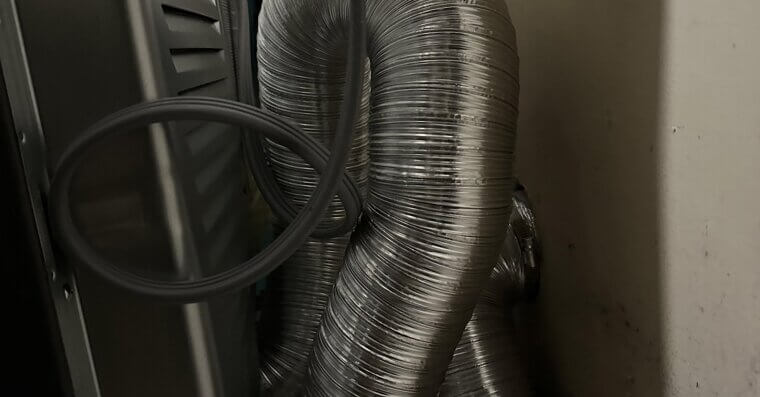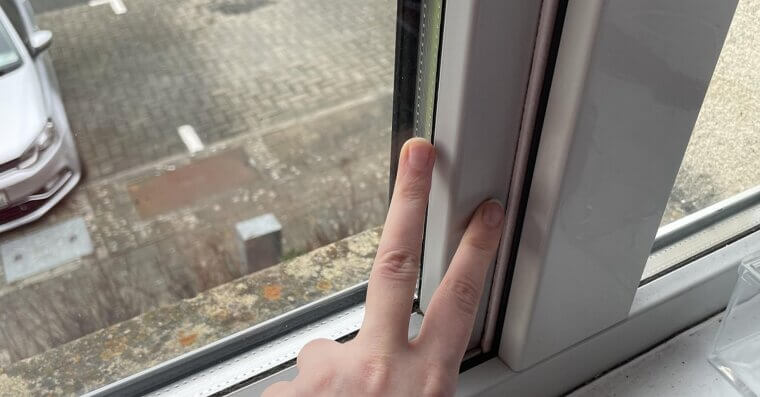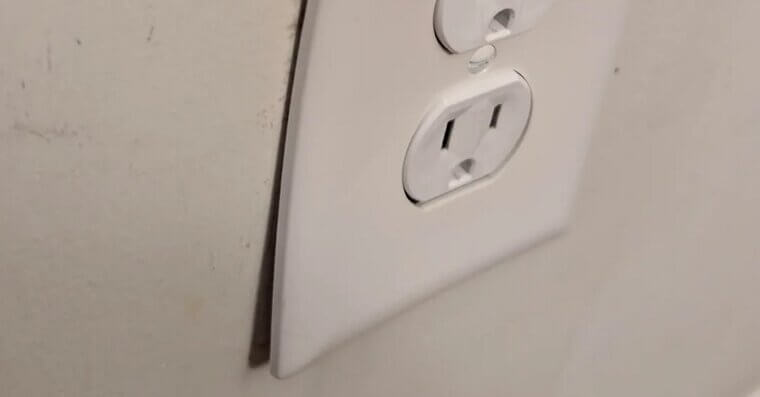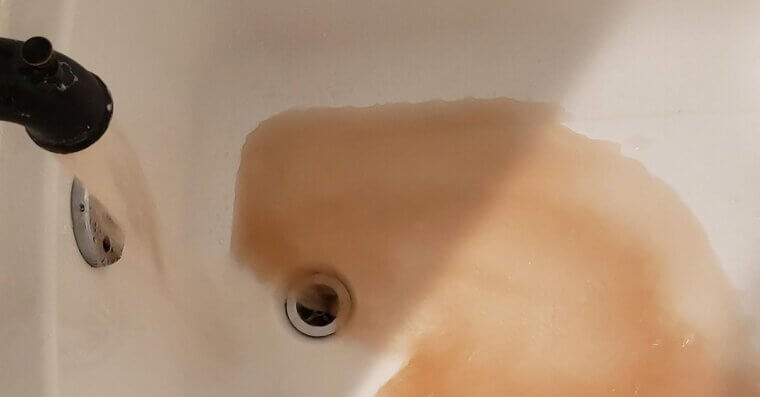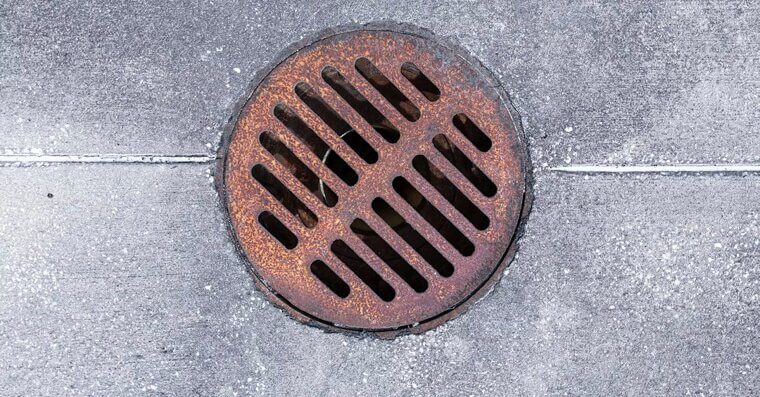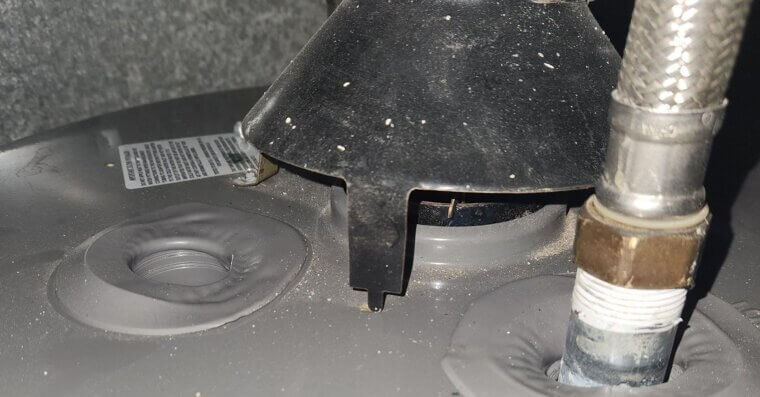Protect Your Home
Most big home disasters don’t start big - they creep up slowly with little warning signs that are easy to miss. A tiny crack or a bad smell might not seem like a huge deal, but they can point to serious problems hiding under the surface. Knowing what to watch for can save you thousands in repairs and a whole lot of stress.
Musty Smells in the Basement
A damp, musty smell in your basement is almost always a sign of hidden moisture. Even if you don’t see water, mold could be growing behind walls or under flooring. If you don’t know much about home repair, call someone in immediately.
Hail Damage
After a hailstorm, check your roof. Hail dents, cracks, or just plain knocks off protective shingle granules. Even if it looks minor, those weak spots let water in over time. Insurance often covers hail damage, but only if you catch it early. Waiting too long means footing the bill yourself.
Mold on Exterior Walls
Mold on outside walls isn’t just ugly - it usually means water isn’t draining properly. It could be bad gutters, clogged downspouts, or grading problems. So many people power wash the mold off and forget about it – don’t do this. Hire someone to sort the issue out.
Bulge in Washing Machine Hose
A bulging or cracked washing machine hose is basically a ticking time bomb. If it bursts, it can dump gallons of water in minutes, flooding floors. Replace rubber hoses with braided stainless steel ones - they last longer and are much safer. It’s one of the easiest home upgrades you can make.
Loose Step Flashing
Step flashing is metal that keeps water out where your roof meets walls or chimneys. If it’s loose or missing, water sneaks behind siding and rots wood. This is unfortunately one of those problems that tends to hide until major damage is done.
Ceiling Stains
Brown or yellowish stains on your ceiling aren’t just ugly - they usually mean water is sneaking in from the roof or plumbing. Even small stains are a red flag. Left unchecked, leaks can rot wood and maybe even indicate part of the ceiling is going to collapse. Find the source, fix the leak, and then repair the stain.
Clogged Soffits
Soffits are the vents under your roof’s eaves that help air flow through your attic. When they’re clogged, moisture builds up. That leads to mold, rot, and higher energy bills. If you notice stuff blocking them, clean them out. Attics need to breathe just like we do.
Damaged Plumbing Vent Boots
If the rubber boot around your plumbing vent pipe is cracked or torn, water can slip right in and that’s not good. The boot is supposed to seal the pipe where it exits the roof, so if it’s failing, leaks are almost guaranteed. Replacing it quickly is way cheaper than repairing water damage later.
Mold Where Roof Meets Walls
Mold where the roof and exterior walls connect usually means poor ventilation or leaks. Moisture collects in those corners and doesn’t dry out. And mold spreads fast and can be dangerous. If you see it, don’t just scrub it away - track down the moisture source before cleaning it up.
Sagging Deck
If your deck sags when you walk on it, the supports might be rotting or pulling loose. That’s a serious safety issue - collapsing decks cause injuries every year. Sagging means it’s time to reinforce or rebuild before anyone gets hurt. Don’t take chances!
Shiners
Ever see a shiny nail sticking out inside your attic? That’s called a “shiner.” It means the nail missed the framing lumber. In cold weather, moisture condenses on the nail and causes frost, which melts and drips down. Over time, that moisture can lead to mold and rot. Clipping or pulling them is a simple fix.
Cracks Above Door Frames
Hairline cracks above doors or windows might look harmless, but they’re not. They can mean your foundation is shifting. As the house settles unevenly, stress shows up in those weak spots. Keep an eye on whether the cracks grow or doors stop closing properly - both point to a serious issue.
Damaged Shingles
Curled, cracked, or missing shingles are like open invitations for water. Your roof is only as good as its shingles, and once they’re compromised, leaks can follow. Even if you don’t see water inside yet, damage outside means trouble’s on the way. Replace problem shingles quickly – or, of course, hire someone else to do it.
Roof Vent Issues
Roof vents keep your attic cool and dry. If they’re poorly installed in any way, they let water and bugs in instead. Damaged vents can also trap heat and moisture in your attic, which shortens the life of the roof and encourages our old friend, the mold.
Missing Gutter Apron
A gutter apron is a simple piece of metal that keeps water from slipping behind the gutters. Without it, water runs down your fascia boards, rotting them over time. If you see peeling paint or soft wood behind gutters, you probably need an apron.
Water Meter Never Stops
Check your water meter when all faucets and appliances are off. If the dial still spins, you’ve got a hidden leak. Even small leaks waste thousands of gallons and drive up bills, so if you don’t know where to start, call a professional.
Rusted Gutters
Gutters are meant to move water away from your home. When they rust through, water pours down walls or pools around your foundation. That can lead to, guess what, rot. If your gutters look rusty, it’s time to fix them up, or hire someone to do so.
Flickering Lights
Flickering lights aren’t always a bad bulb - they can mean loose wiring or an overloaded circuit. Both are fire hazards if ignored. If it happens throughout the house, the problem might be with your electrical panel, so call an electrician.
Ripped Dryer Vent Hose
A dryer vent hose that’s ripped or disconnected dumps lint and moisture into your home. That means fire hazards, unfortunately. If your laundry room feels damp or dusty, check the vent. Replacing it with a solid or foil duct is cheap and keeps your home safer.
Persistent Drafts
If you always feel a chilly draft near windows or doors, get it looked at - it means gaps or poor seals are letting air (and money) escape. Drafts not only raise energy bills but also allow moisture in, which can cause rot over time.
Loose Outlets
Outlets that wiggle when you plug something in are more than annoying - they can spark and cause fires. Loose outlets often mean the electrical box isn’t secured. Fixing them usually just takes a couple screws and outlet shims. Still, always call a professional if you’re not sure.
Rusty Water
When tap water comes out rusty or brown, it’s a warning sign. Old galvanized pipes could be corroding, or your water heater tank might be rusting inside. Either way, it’s not something to ignore - eventually pipes burst or the heater fails, leaving you with leaks and expensive repairs.
Damaged Siding
Flaws in siding let water and bugs in. Over time, that means rotting sheathing and insulation behind the walls. Even a small piece of damaged siding should be replaced quickly. Catching it early keeps repair costs low and protects the entire structure.
Gurgling Drains
Drains that gurgle after flushing or running water aren’t just noisy and annoying, they often mean a clog forming in your plumbing or perhaps a venting problem. Left alone, it can back up into sinks or tubs. Catching it early usually means an easy fix instead of a messy, expensive cleanup.
Melted Grommets on Water Heater
Those little rubber grommets on top of your water heater should never look melted. If they do, it could mean overheating, venting issues, or even dangerous gas problems. This isn’t a DIY fix - call a pro immediately.
Efflorescence on Chimney Brick
White, chalky powder on your chimney bricks is called efflorescence. It means water is moving through the brick and pulling salts to the surface. It signals moisture inside the masonry, and that moisture can seriously weaken your chimney.

